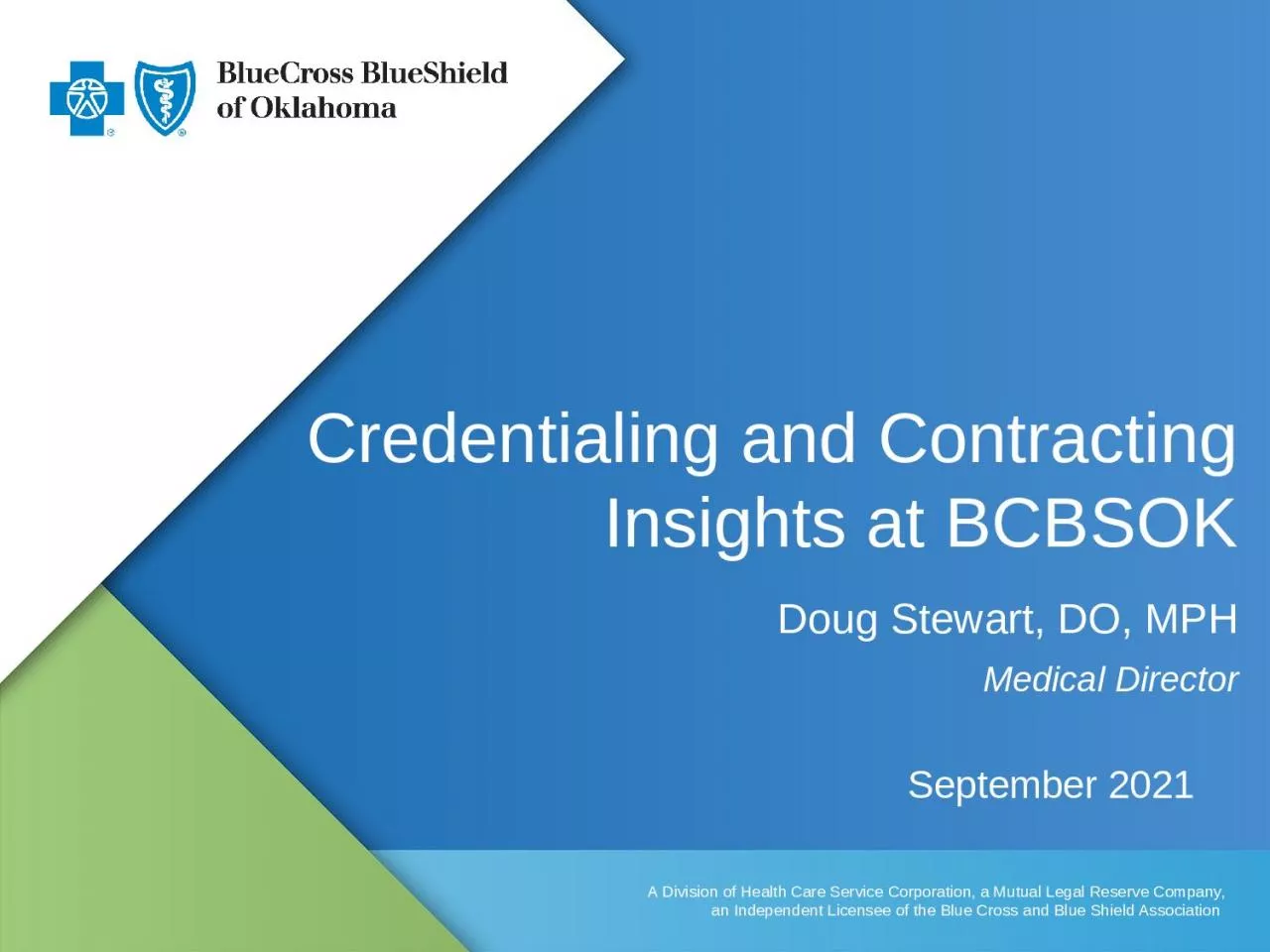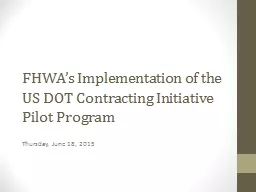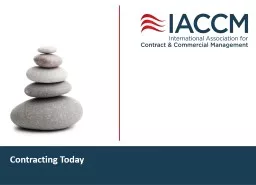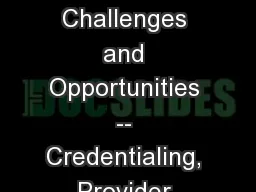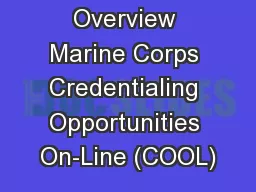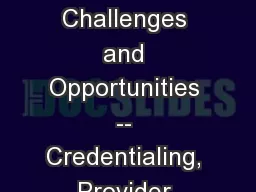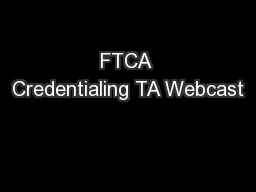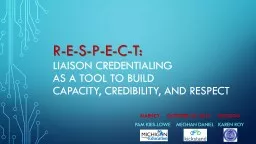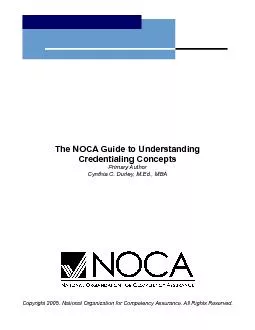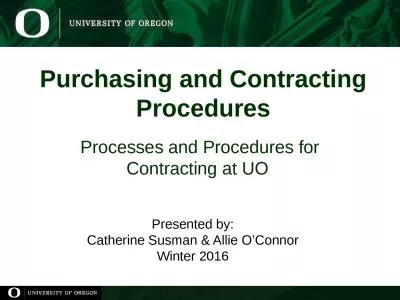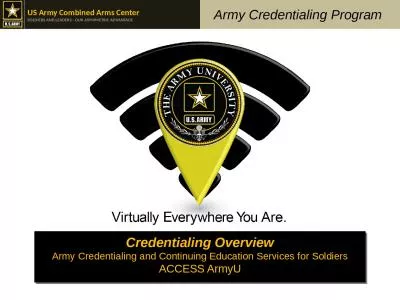PPT-Credentialing and Contracting Insights at BCBSOK
Author : amelia | Published Date : 2024-02-02
Doug Stewart DO MPH Medical Director September 2021 The APRN Consensus Model LACE licensing accreditation certification and education Population focus and area
Presentation Embed Code
Download Presentation
Download Presentation The PPT/PDF document "Credentialing and Contracting Insights a..." is the property of its rightful owner. Permission is granted to download and print the materials on this website for personal, non-commercial use only, and to display it on your personal computer provided you do not modify the materials and that you retain all copyright notices contained in the materials. By downloading content from our website, you accept the terms of this agreement.
Credentialing and Contracting Insights at BCBSOK: Transcript
Download Rules Of Document
"Credentialing and Contracting Insights at BCBSOK"The content belongs to its owner. You may download and print it for personal use, without modification, and keep all copyright notices. By downloading, you agree to these terms.
Related Documents

